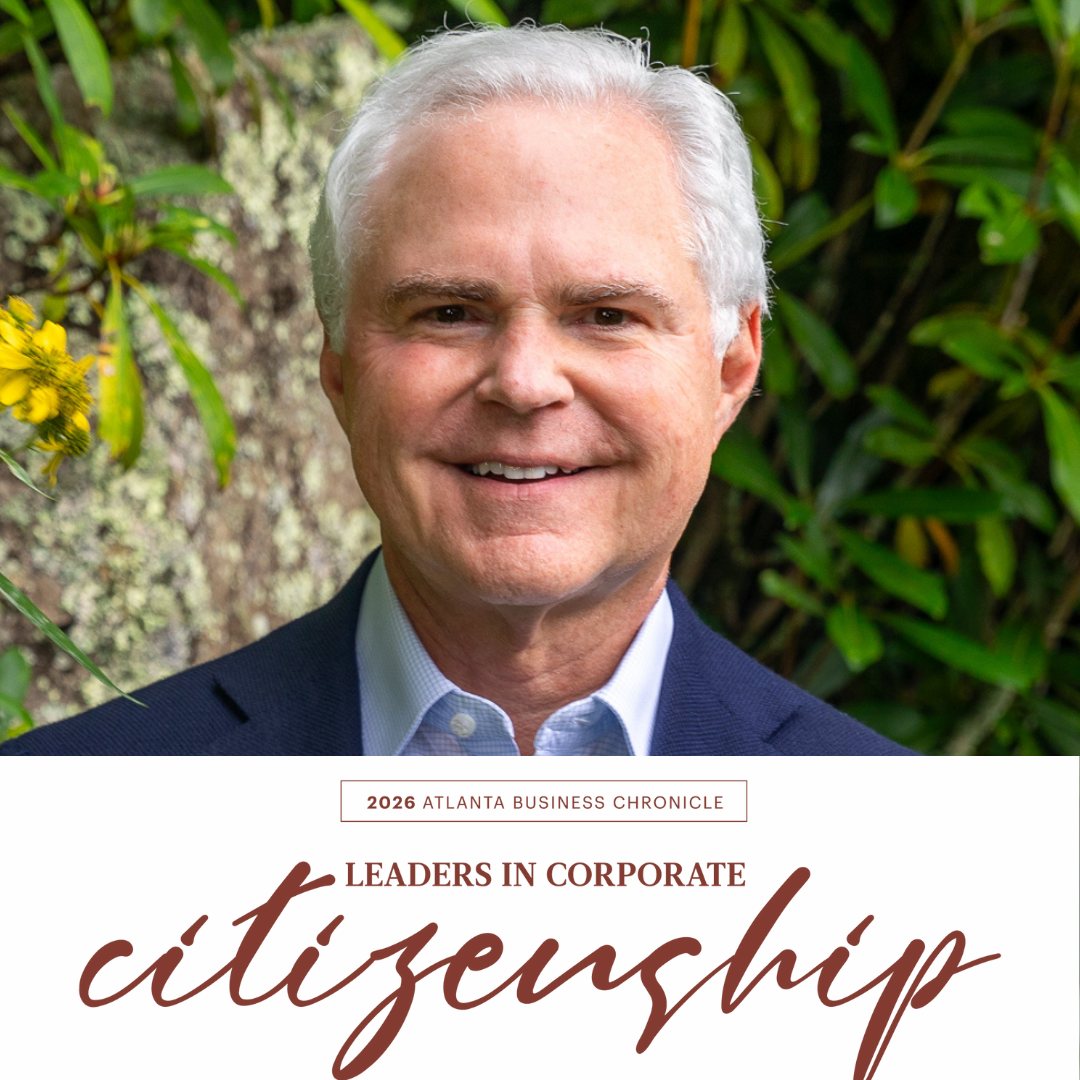Is Cash King Once Again?

This article was featured in The Georgia Association of Public Plan Trustees's Q4 Newsletter and on Inc.com.
For business owners, the Federal Reserve's zero-interest rate policy instituted before 2022 was either a blessing or a curse. On one hand, there was no incentive to focus on cash reserves, because there was simply no interest to be earned. On the other hand, when interest rates were really low, the prices of stocks and other investments increased significantly. Because it was cheaper to borrow money and there was a lot of money available, risky investments became very appealing to people.
Maybe a little too appealing.
Why history matters
As our firm's chief financial officer and chief investment officer, I have a unique vantage point in the nuanced conversation about the role of cash in business. On the financial side, I'm charged with safeguarding and growing my company's balance sheet, and on the investment side, I'm trusted with maximizing returns. Though these positions may sometimes be at odds, I find that maintaining cash reserves is always a solid decision for us, and for business in general. In fact, after a decade-plus of producing a negative real rate of return, cash is attractive again.
There is a historical precedent for thinking about cash this way. Most of us working today haven't experienced extreme business cycles like the ones we've witnessed over the past few years, but history tells us that they are inevitable.
The phrase "cash is king" dates back to 1987 and is attributed to a Swedish executive named Pehr G. Gyllenhammar, then CEO of Volvo. He famously made the declaration right after a stock market crash. That may feel like ancient history, but it was only 37 years ago.
A journey through the decades
After the stock market crash in 2008 and the Great Recession, interest rates fell to historic lows. As a result, between 2009 and when the pandemic started in 2020, many business owners and entrepreneurs took on more risk.
In the middle of this period, 2012, I wrote a piece for CFA Institute Magazine titled "The Case for Cash." It rocked the boat with a lot of my peers in the financial world. My thesis was that we shouldn't get away from the idea that having ready cash on hand is an important component of risk management, regardless of how low interest rates go.
At the time, I got some pushback because most investors focus on short- and intermediate-term risk and capturing upside--and the value of cash is found in protecting against long-term risk and downside. When money is cheap and plentiful, it is taken for granted. But when rates are high, it is, by definition, more difficult to come by. Keeping a certain amount of cash on hand has always been a responsible business practice. Understanding the important role of cash in a long-term investment strategy, I stood my ground.
Then came Covid, a massive infusion of capital via stimulus checks, and the zero-interest rate policy from the Fed. The inflation rate quickly reached levels we hadn't seen in four decades, prompting the Fed to reverse course and raise interest rates again. Over the next 12 months, the risk-free rate went from 0 percent to 5 percent. In other words, the cost of capital skyrocketed.
As Gyllenhammar wrote in 1987 and I echoed in 2012, cash is becoming king once again. Here's how businesses should respond.
Prioritize capital reserve: While cash was trash during the zero-interest rate period, it is king when times are less certain. A good rule of thumb for your business may be to keep three to six months' worth of expenses to safeguard against temporary setbacks. However, in a stressed environment, like the one we may be moving into, consider securing a strong line of credit with a reputable institution. This line of credit could serve as a lifeline for the business or give you the means to take advantage of a good opportunity during a stressed period. The time to get this organized is before things get difficult.
Rethink how you allocate capital: When interest rates are near zero, or at least below the inflation level, every project looks attractive. Today, with the prime rate hovering near 9 percent, discretion and discrimination are more necessary than ever. If you aren't already sitting on reserves, you'll want to put a more discerning lens on capital-intensive outlays. In other words, when the cost of money has gone up substantially, some projects will become less palatable because the return on investment must increase significantly, relative to a time when the comparative rate of return was nearly zero.
Rethink your hurdle rate: The same dynamic applied to every industry that invested capital during the low-interest rate period: borrow low and invest at a higher rate of return. Now that the cost of money has normalized, the so-called hurdle rate on investments is rising. A hurdle rate is the minimum level of profit a project or investment needs to make before it makes sense to do it, and it's a big deal when you're deciding whether to go ahead with a project.
Given higher interest rates, the math is different today. When you calculate the future cash a project will bring in, using a higher discount rate makes the project seem less valuable now. If we think stocks might not grow as quickly as they did in the past 15 years, it makes cash and similar investments look better when you adjust for the risks. For example, short-term bonds currently give a return of over 5 percent. Can that capital investment you're considering do better?
Interest payments are back
Regardless of your reserves' status, higher rates have recently empowered depositors to earn a generous rate of return. Having watched cash on the balance sheet lose real value for many years, it is fun to see a significant interest payment each month.
As you consider your financial strategy going forward, it's always good to look to history for a little perspective and adjust your math accordingly.
Browse our collection of resources from trusted thought leaders.
Balentine experts offer their authentic take on the latest financial topics, including our exclusive market publications, news, community events, and more.
%20(1).png)
.png)

.png)
.png)


%20(1).png)